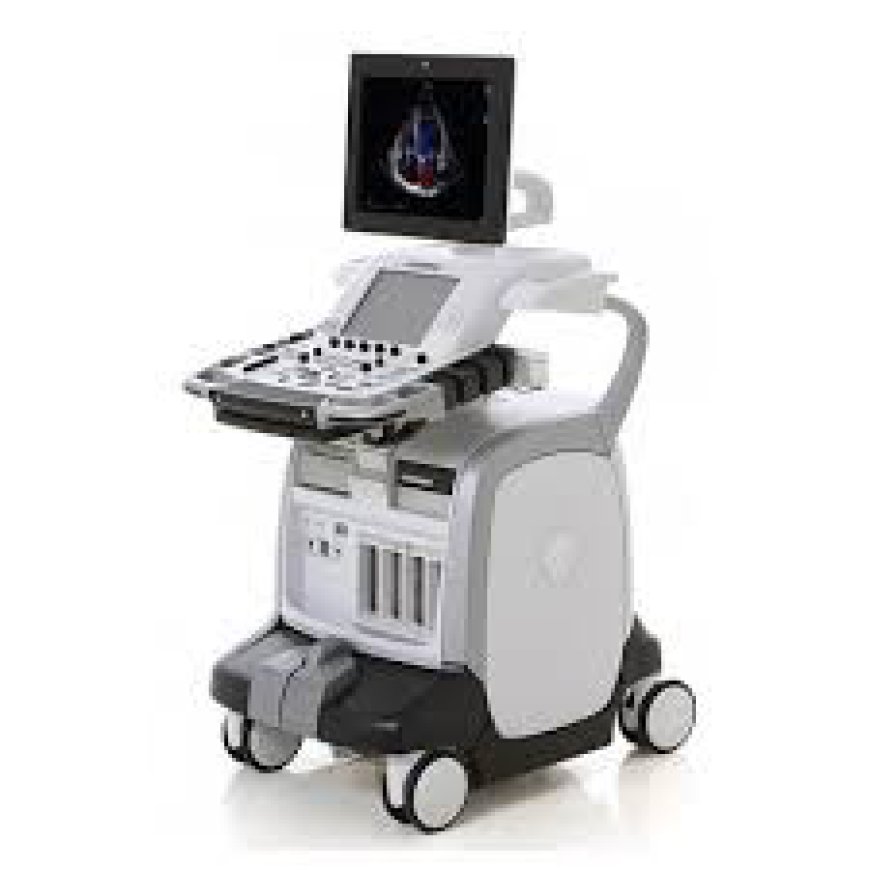The Future of Medical Imaging: How Ultrasound Machine Parts are Evolving
Heart Medical is leading the industry in Medical care solutions. We are your course for medical equipment and medical supplies to fit your budget and customer needs.

The future of medical imaging, particularly ultrasound technology, is poised for significant evolution, driven by advancements in various components and technologies. Here are some key trends and innovations shaping the evolution of Ultrasound Machine Parts:
1. Miniaturization and Portability
Advancements in electronics have led to the development of smaller, portable ultrasound devices. Handheld ultrasound machines are becoming increasingly common, allowing for point-of-care diagnostics in various settings, from emergency rooms to remote locations.
2. Improved Transducer Technology
Modern ultrasound transducers are evolving with better materials and designs that enhance image quality. Innovations like 3D and 4D imaging are becoming standard, providing more detailed visualization of anatomical structures and fetal development.
3. AI and Machine Learning Integration
Artificial intelligence is transforming ultrasound imaging by improving image interpretation and automating measurements. AI algorithms can assist in identifying abnormalities, reducing the workload for healthcare professionals and increasing diagnostic accuracy.
4. Enhanced Image Processing
Advanced signal processing techniques are being integrated into ultrasound machines, allowing for clearer and more detailed images. This includes techniques like harmonic imaging and elastography, which provide insights into tissue stiffness and other properties.
5. Telemedicine and Remote Diagnostics
With the rise of telemedicine, ultrasound technology is adapting to facilitate remote consultations. Connected devices can transmit images in real-time, enabling specialists to provide remote guidance and diagnostics.
6. Multi-modal Imaging
Future ultrasound systems may integrate with other imaging modalities (like MRI and CT) to provide comprehensive diagnostic information. This fusion of technologies could improve accuracy and help in complex cases.
7. Patient-centered Design
Modern ultrasound machines are being designed with user experience in mind. Touchscreen interfaces, intuitive software, and customizable settings enhance usability for clinicians and improve patient comfort during exams.
8. Sustainability in Manufacturing
As awareness of environmental issues grows, manufacturers are focusing on sustainable practices. This includes using eco-friendly materials and developing energy-efficient devices, contributing to a greener healthcare industry.
Conclusion
The evolution of ultrasound machine parts and technology is making medical imaging more accessible, accurate, and user-friendly. As these trends continue to develop, we can expect ultrasound to play an even more vital role in diagnostics and patient care across diverse healthcare settings.

 komalkhan54
komalkhan54